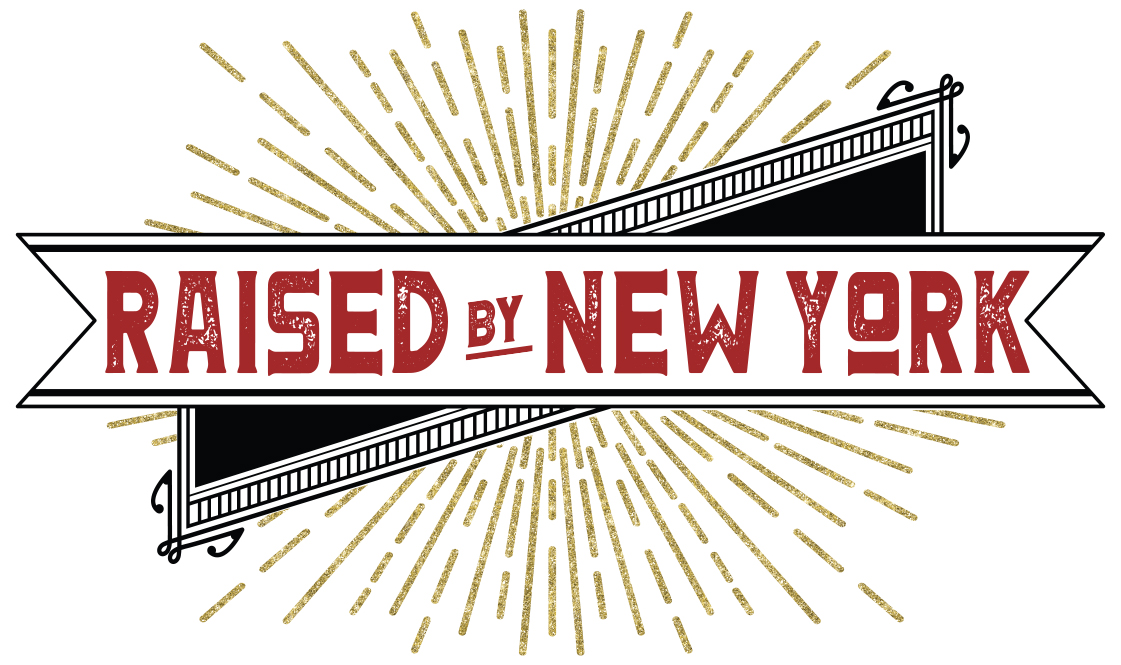Top Trends in Green for 2017
Fresh, vibrant Greenery has been named the Pantone Color of the Year, but 2017 green building trends looks a lot like those in 2016 – energy efficiency, LED upgrades, green and cool roofs, LEED certifications, net zero, carbon footprint reduction, managing from the cloud. And yet, as much as it’s the same, there are twists, turns and turbulence.
For one thing, LEED certifications seem to be slowing down. Though there is now competition, LEED is still the standard for certifications. Yet, the global market is now significantly surpassing the U.S. market.
The latest version, LEED v4, was designed to simplify and streamline according to the U.S, Green Building Council (USGBC). According to the same source “…credits and prerequisites were designed to raise the bar.” There is also no “one size fits all” model. Now, it’s more specialized for industries such as hospitality and healthcare.
There’s been blowback that’s included whether the design and construction industry would and could meet new credit requirements; that providing commentary to the USGBC was a trying process; that the changes in materials was too aggressive; that there is not enough customization for climate zones and urban vs. suburban markets, i.e., what works in Alaska is not going to be the same as what works on a zero lot building in New York City.
The U.S, General Services Administration, upon review, did not recommend the new LEED v4 for government buildings, instead opting for the 2009 LEED version or the Green Building Initiatives Green Globes 2010. (The reviews were done in late 2013.) Closer to home, in speaking with building construction and interior construction project managers, there is an indication that their 2017 business goals do not include pursuing more LEED-certified work.
A recent “World Green Building Trends Study” from Dodge Data & Analytics supports those market indicators. While the study reported that in the U.S., “An increasing percentage of respondents projected that more than 60 percent of their projects would be green projects - from 24 percent of respondents in 2015 to 39 percent in 2018” responders also project a stunning decline in those projects being certified “fewer than 15 percent…plummeted from 41 percent in 2015 to 27 percent by 2018.”
Certainly that growth remains impressive. But, looking further into the Dodge Data & Analytics’ survey, most of the growth in the U.S. seems to be focused on institutional projects and retrofits and “is significantly less than many developing countries included in the survey.”
